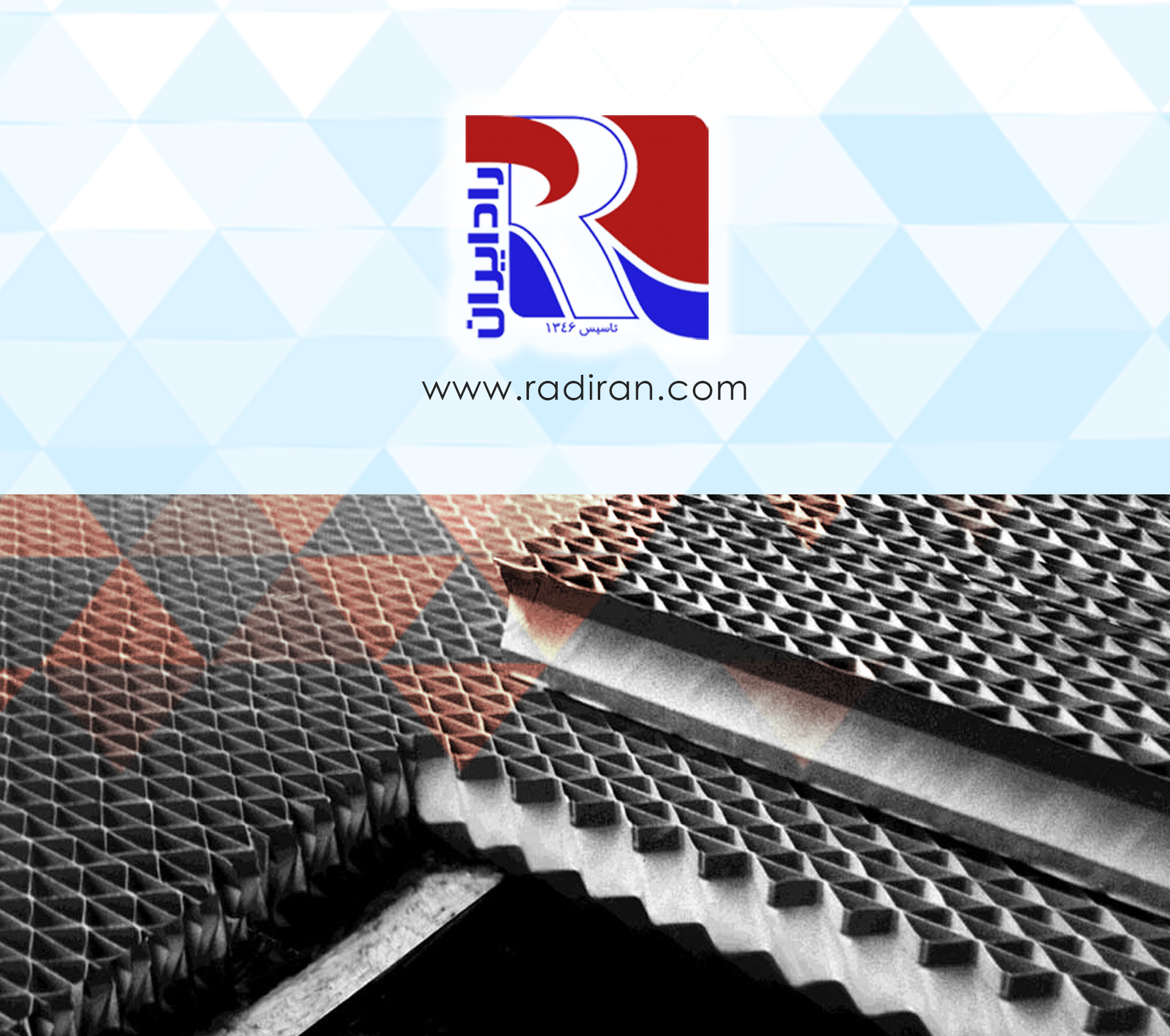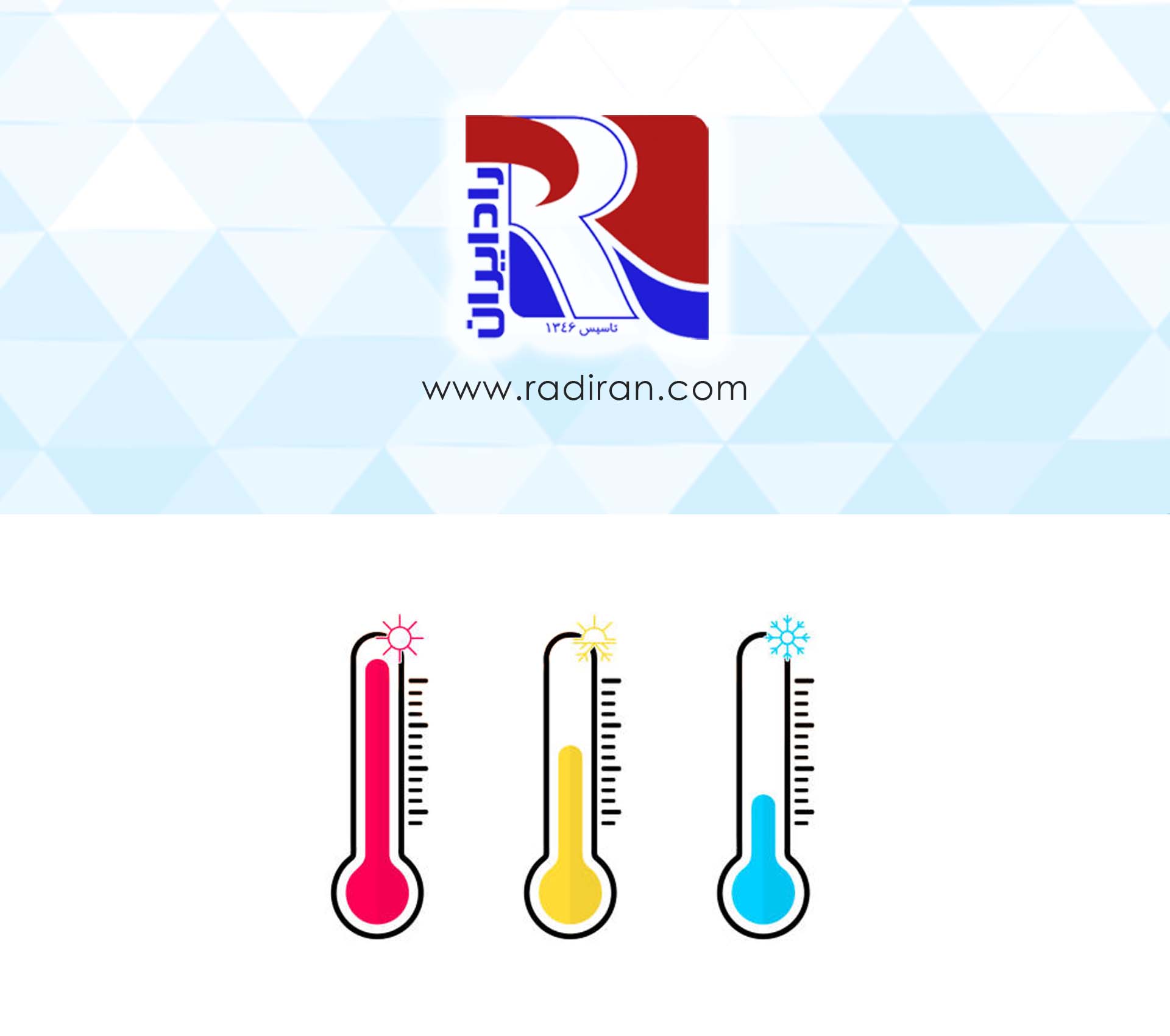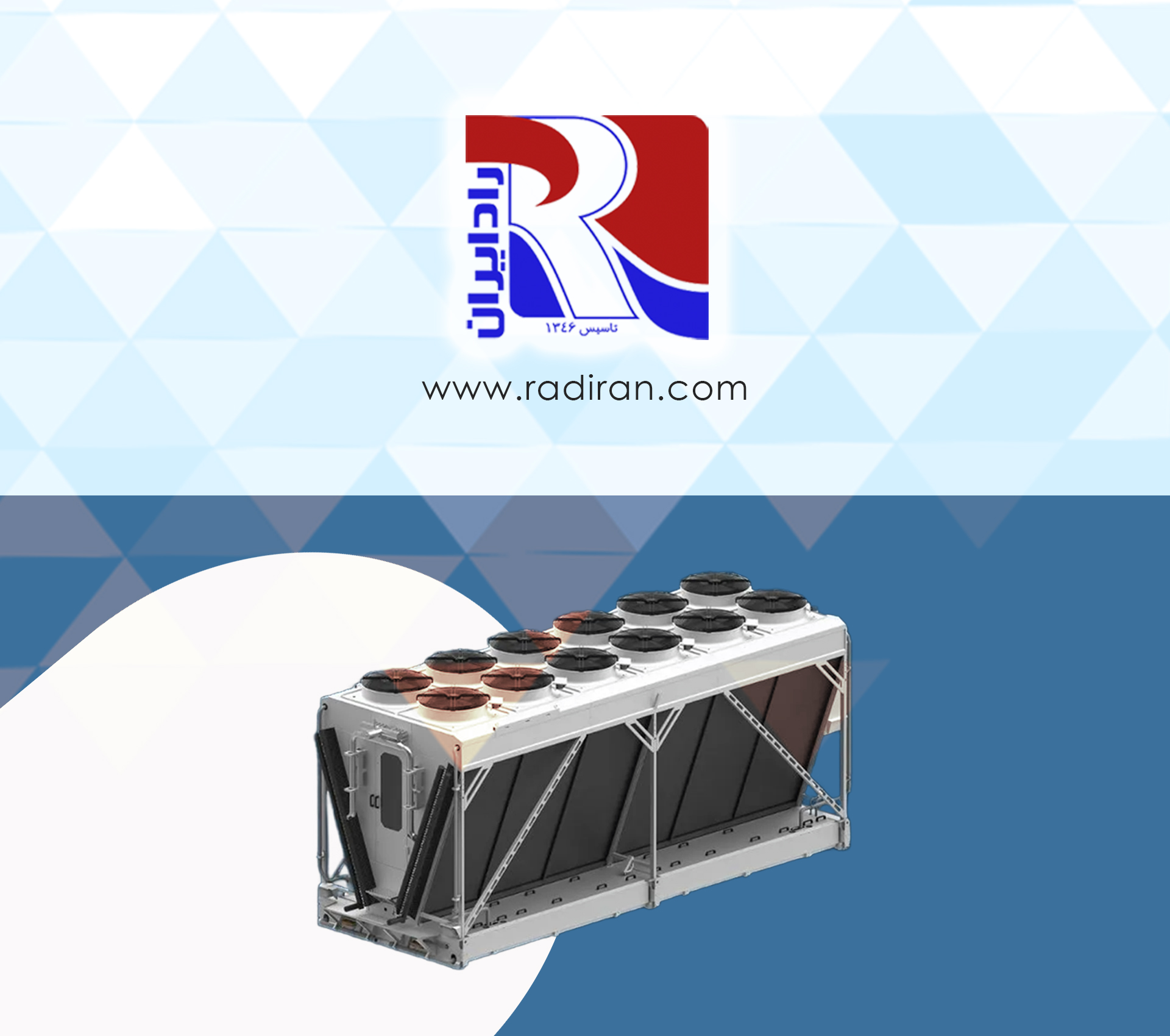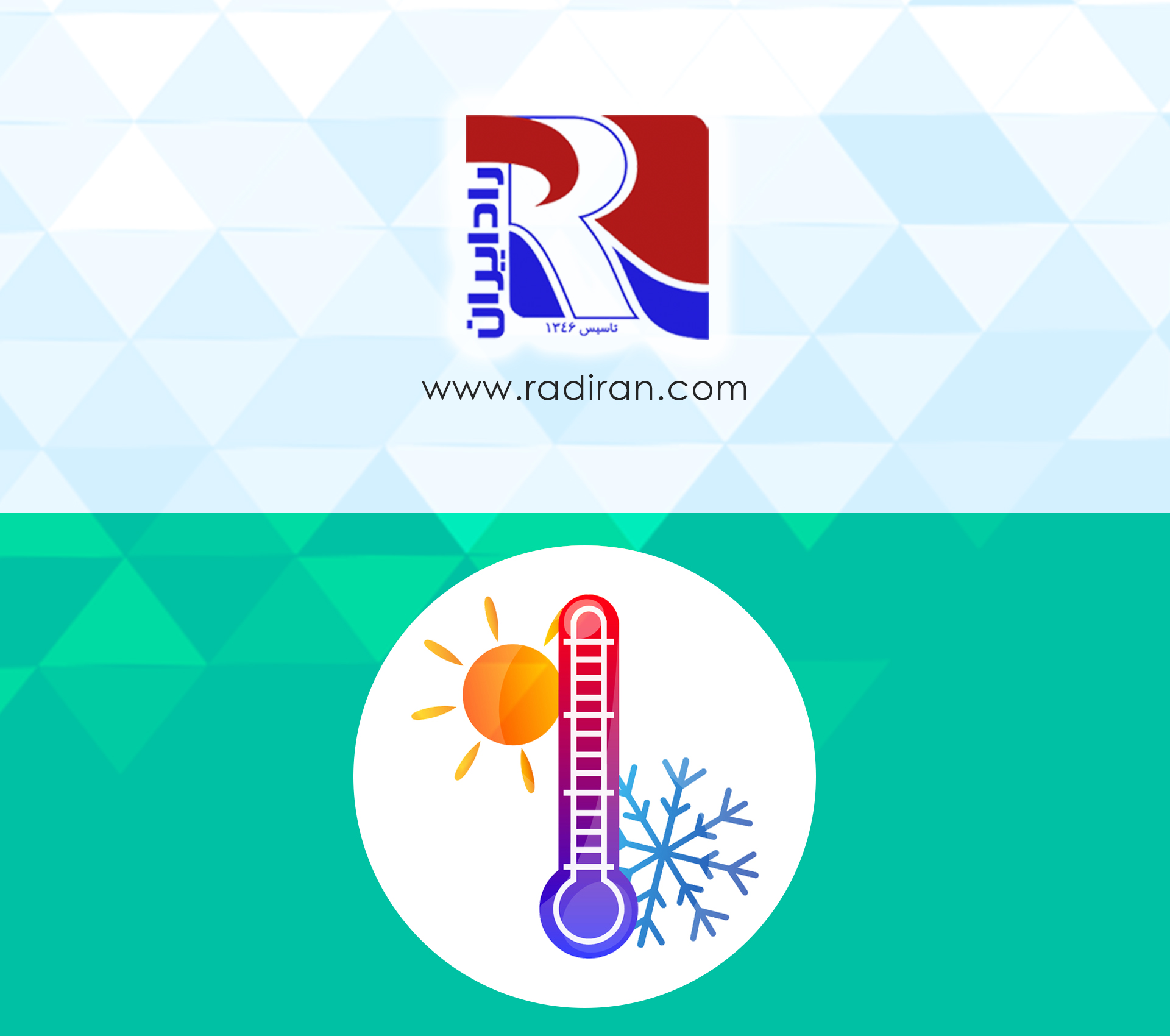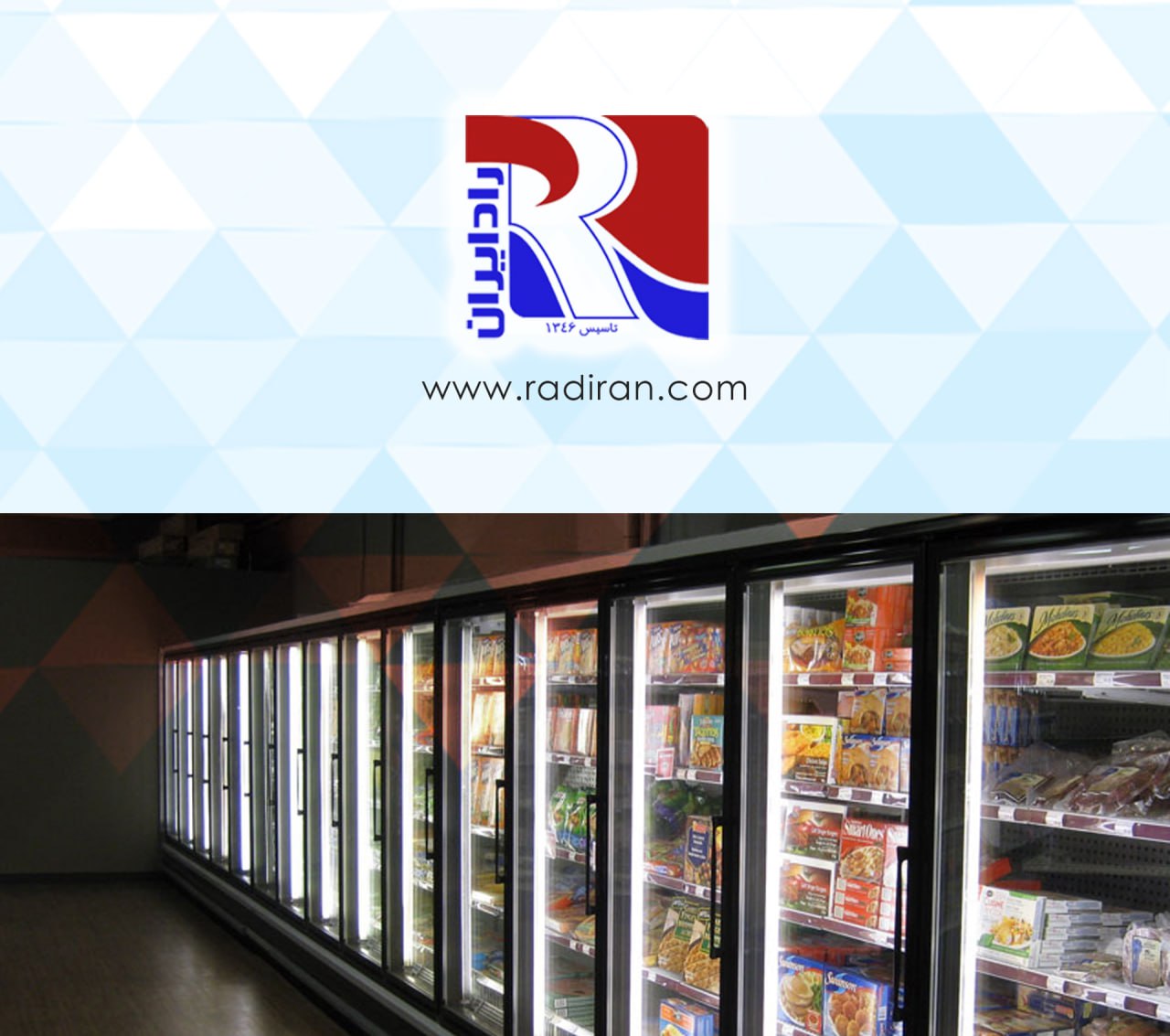The Role of Drift Eliminators in Cooling Towers
Reducing the Amount of Water Droplets Carried with the Exhaust Air (Drift Reduction) The primary function of drift eliminators is to prevent small water droplets from escaping the cooling tower along with the airflow. Water droplets suspended in the air stream (drift) can cause environmental problems (pollution of surrounding soil and water) and water loss in the system. Drift eliminators collect and separate these droplets, minimizing water loss. Environmental Protection and Water Conservation By reducing the amount of suspended...

